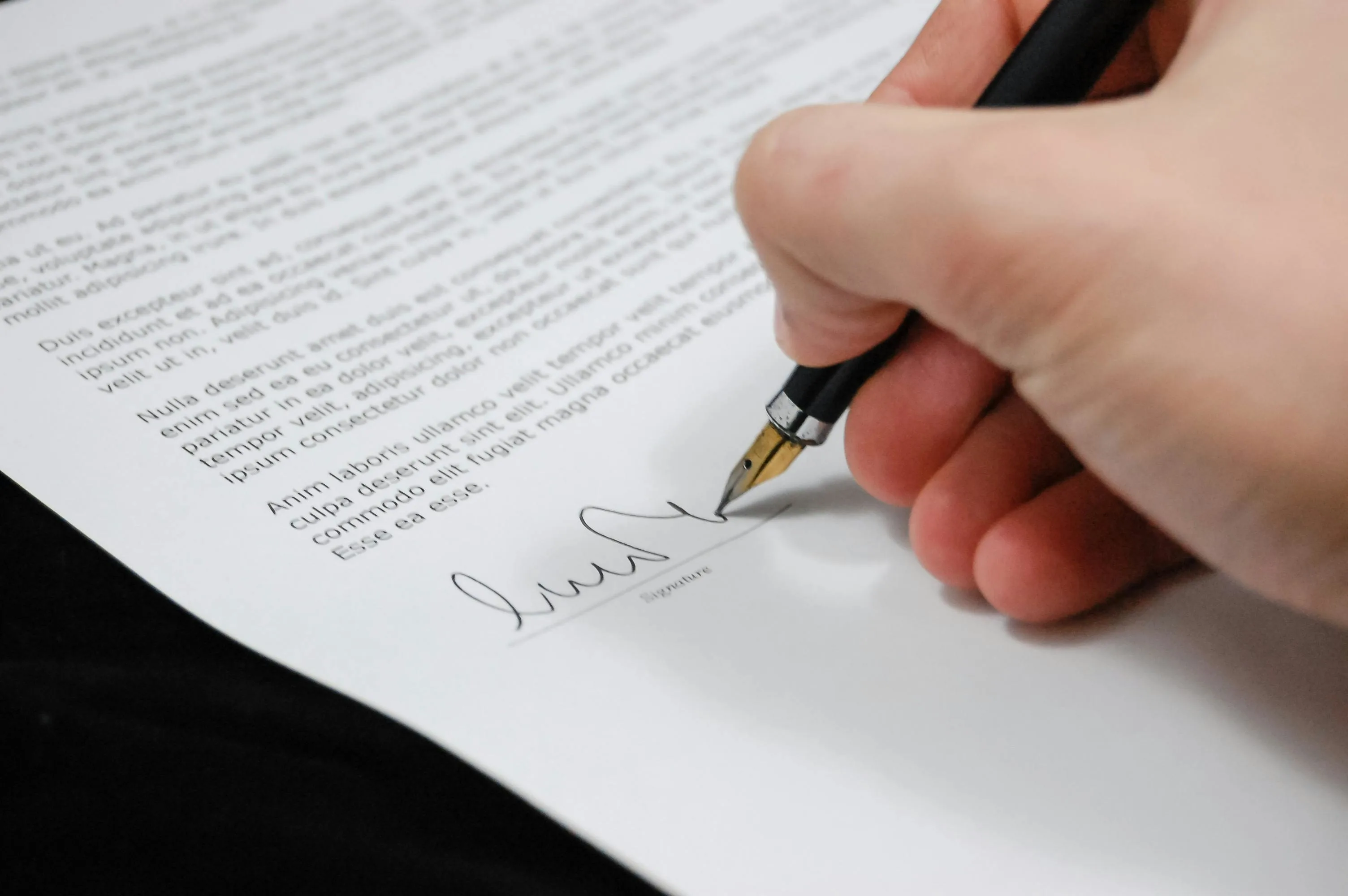Medical Malpractice

Medical Malpractice in Connecticut
When doctors fail, Shehu Law Firm is here for you. At Shehu Law Firm, we understand the pain and confusion that comes with medical malpractice.
Medical malpractice occurs when a healthcare professional, such as a doctor, nurse, or hospital, fails to provide the appropriate standard of care, leading to injury or harm to a patient. This legal concept is rooted in the notion that medical professionals have a duty to their patients to act with a certain level of competence and care. When this duty is breached, and the patient suffers as a result, it may be classified as malpractice. At our law firm, we provide honest, high-quality representation, offering candid advice to clarify your case’s realities. We fight for maximum compensation for medical expenses, lost wages, pain and suffering, and more, guiding you through every step until resolution.
Medical malpractice can arise from various situations, including but not limited to:
- Surgical Mistakes: Errors during surgery, such as operating on the wrong site, leaving surgical instruments inside a patient, or causing unintended damage to surrounding tissues.
- Misdiagnosis or Delayed Diagnosis: Failing to correctly diagnose a condition or delaying the diagnosis can lead to inadequate treatment and worsening health.
- Medication Errors: Incorrect prescriptions, wrong dosages, or failure to consider drug interactions can result in serious harm to patients.
- Birth Injuries: Negligence during labor and delivery can lead to complications for both the mother and the newborn, including conditions like cerebral palsy or Erb's palsy.
- Failure to Obtain Informed Consent: Patients must be informed about the risks and benefits of a procedure. If a provider fails to obtain informed consent, they may be liable for malpractice.
- Negligent Aftercare: Failure to provide proper follow-up care or instructions after a procedure can lead to complications and injuries.
Connecticut’s Medical Malpractice Laws
- Standard of Care (CGS § 52-184c):
- You must prove the healthcare provider failed to meet the standard of care, defined as the level of skill and care a reasonably prudent provider in the same specialty would provide under similar circumstances.
- Expert testimony from a similar healthcare professional is required to establish the standard and how it was breached.
- Proving Negligence:
- A successful claim requires proving:
- A doctor-patient relationship existed (duty of care).
- The provider breached the standard of care (negligence).
- The breach directly caused your injury (causation).
- You suffered damages (e.g., medical costs, pain).
- Example: A surgeon leaving a sponge inside a patient may be liable if it causes infection, provable via medical records and expert testimony.
- A successful claim requires proving:
- Certificate of Good Faith (CGS § 52-190a):
- Before filing a lawsuit, you must obtain a written opinion from a similar healthcare professional stating there is a good faith basis to believe negligence occurred. This must be filed with the complaint.
- Failure to include a valid certificate can result in case dismissal. The opinion must be from a provider with relevant training and experience.
- Statute of Limitations (CGS § 52-584):
- You have 2 years from the date of injury or when you reasonably should have discovered it to file a lawsuit, but no more than 3 years from the act of negligence.
- Exceptions:
- Minors: For children under 18, the clock starts at age 18, but the 3-year repose limit may still apply.
- Fraudulent concealment: If the provider hid the negligence, the limit may be extended.
- Missing these deadlines typically results in case of dismissal.
- Modified Comparative Negligence (CGS § 52-572h):
- If you’re partially at fault (e.g., not following post-treatment instructions), you can recover damages if you’re less than 51% at fault, with compensation reduced by your fault percentage. For example, if you’re 20% at fault for a $500,000 claim, you receive $400,000. If you’re 51% or more at fault, recovery is barred.
- No Damage Caps:
- Connecticut imposes no cap on economic or non-economic damages in medical malpractice cases, allowing full recovery for losses like medical costs, lost wages, and pain and suffering. Punitive damages are limited to egregious cases (e.g., intentional misconduct) and capped at double compensatory damages.
- Informed Consent (CGS § 52-184c):
- Providers must disclose risks, benefits, and alternatives before procedures. Failure to obtain informed consent can be a basis for a claim if the undisclosed risk causes harm.
- Apology Law (CGS § 52-184d):
- A provider’s apology or expression of sympathy (e.g., “I’m sorry this happened”) is not admissible as evidence of liability, encouraging compassion without admitting fault.
- •Insurance and Defendants:
- Claims are often covered by the provider’s professional liability insurance or hospital policies. Multiple parties may be liable, including doctors, nurses, hospitals, or clinics.
- Hospitals may be liable for employee negligence or systemic issues (e.g., understaffing).
Steps to Take After Suspected Medical Malpractice
Prompt action is critical to preserve evidence and meet strict deadlines. Follow these steps:
- Seek Medical Attention: Consult another provider to address the injury or harm. Obtain a second opinion, if possible, to confirm negligence.
- Request Medical Records: Obtain all relevant records, including test results, surgical notes, and prescriptions. These are essential for proving deviations from the standard of care.
- Document Your Experience: Keep a daily diary of symptoms, pain, limitations, and emotional distress. Note all interactions with the provider (e.g., missed warnings).
- Avoid Contact with the Provider: Do not confront the provider or discuss fault, as statements could be used against you.
- Contact Our Firm Immediately: Meet the 2-year statute and secure a certificate of good faith.
Types of Recoverable Damages
Medical malpractice can cause profound losses. We pursue:
- Medical Expenses: Past and future costs for corrective treatments, surgeries, hospital stays, physical therapy, prescriptions, and assistive devices (e.g., wheelchairs).
- Lost Wages: Income lost during recovery, including used sick leave.
- Loss of Earning Capacity: Reduced ability to work due to permanent disability.
- Pain and Suffering: Physical pain and emotional distress, documented via a diary.
- Disability: Limitations on daily tasks or work. List affected activities.
- Scarring/Disfigurement: Compensation for visible scars or deformities, documented with high-quality photos (we can arrange professional photography).
- Loss of Enjoyment of Life: Inability to engage in hobbies, sports, or family activities.
- Loss of Consortium: Impact on marital companionship or shared activities.
- Emotional Distress: Anxiety, depression, or PTSD from the malpractice.
- Wrongful Death: For fatal cases, damages include funeral costs, loss of support, and emotional harm to survivors.
Connecticut’s no cap on damages allows full recovery. Compensation is generally non-taxable.
How Our Firm Can Help
Medical malpractice cases are highly complex, requiring expert testimony, extensive evidence, and navigation of insurer defenses. Our firm provides:
- Candid Advice: We explain the challenges of proving negligence, obtaining a certificate of good faith, and countering defenses like patient non-compliance, ensuring realistic expectations.
- Evidence Collection: We secure medical records, expert opinions, and witness statements to establish the standard of care and breach.
- Expert Testimony: We retain qualified medical experts to testify on your behalf, meeting Connecticut’s strict requirements.
- Insurance Negotiations: We counter lowball offers from malpractice insurers to secure fair compensation for all damages.
- Timely Action: We obtain the certificate of good faith and file lawsuits within the 2-year statute to protect your rights.
- Support: We guide you from consultation to resolution, offering free consultations and working on a contingency fee basis (no fees unless we win).
- Maximum Recovery: We account for every loss, from medical bills to loss of enjoyment, to maximize your verdict.
Unique Challenges in Medical Malpractice Cases
- High Burden of Proof: Malpractice requires proving a professional standard breach, often contested by defense experts.
- Certificate Requirement: The good faith certificate adds a pre-filing hurdle not present in other cases.
- Causation Disputes: Providers may argue the injury was pre-existing or caused by patient non-compliance. We use experts to link the breach to your harm.
- Defense Tactics: Insurers often claim the provider acted reasonably or blame the patient, requiring robust evidence to counter.
- Costly Litigation: Malpractice cases involve high costs for experts and discovery, making contingency fees critical for clients.
Practical Tips
- Act Quickly: Contact us promptly to meet the 2-year statute and secure a certificate of good faith. Evidence like medical records may be harder to obtain over time.
- Follow Treatment Plans: Adhere to new providers’ advice to mitigate harm and strengthen your claim.
- Keep Records: Save all medical bills, receipts, and correspondence related to the injury.
- Be Cautious with Providers: Avoid discussing the case with the original provider to prevent statements being misconstrued.
Why Act Now?
Medical malpractice affects thousands in Connecticut, with over 500 lawsuits filed annually. Insurers often deny claims, citing lack of negligence or causation. Our firm ensures you receive the compensation you deserve for medical costs, lost income, and emotional distress.
Contact us today for a free consultation to protect your rights and start your recovery after medical malpractice.

